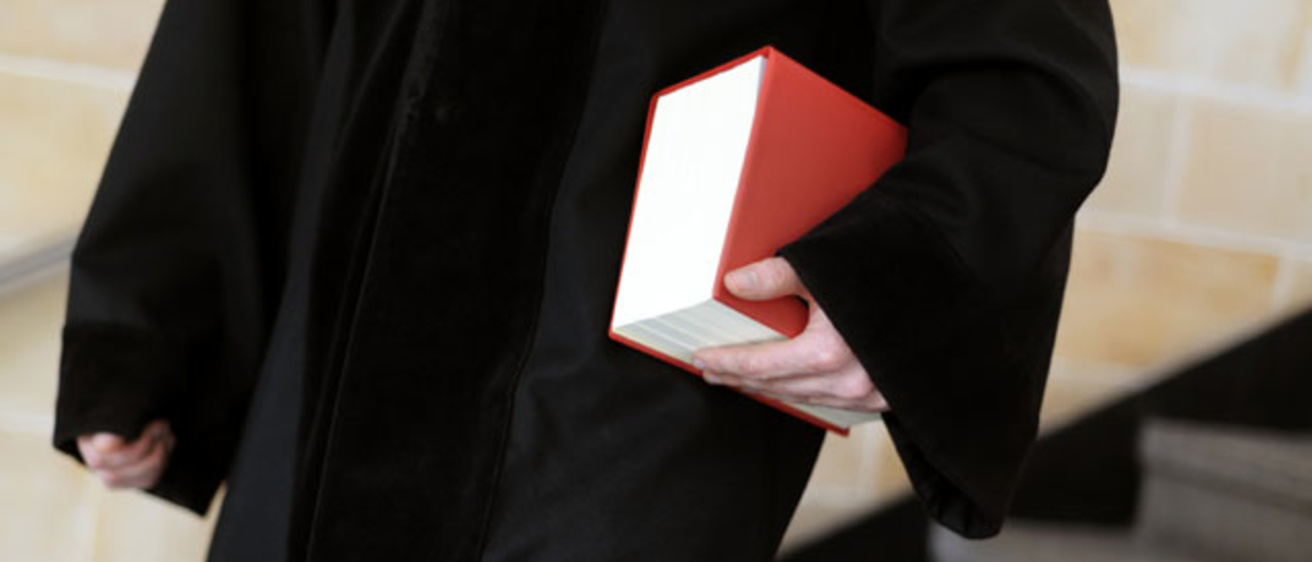When President Barack Obama is sworn in for the second time this month, he will wear a suit and tie, maybe a tuxedo, a topcoat if it's cold. Fashion writers will write much about what his choice of apparel means.
But standing across the podium, Chief Justice John Roberts will administer the oath wearing a long, flowing black robe. Nobody will notice.
Why such a radical difference in attire? And why will Americans not think twice about a president who's dressed like he's going to a wedding, and a chief justice who looks likes he's officiating at one?

University of Iowa law professor Todd Pettys says the robe symbolically represents our desire to hold the judiciary in an almost sacred position, separate from the perceived tawdry and dirty world of politics.
"The law is humanly constructed, but to win our obedience, sometimes we have to forget that it was constructed by humans," says Pettys, who has written about the difference between legal and political attire.
Essentially, he says society needs someone it can believe is a neutral observer to referee arguments between two parties. In America and other western societies, we've vested that authority in a class of be-robed judges who are seen as honest and trustworthy, almost like priests.
"If judges today were to cease wearing robes when performing their official duties, many citizens would find it difficult to reconcile their new appearance with the image we wish to attach to them, the image of judges as better-than-human individuals who are rarely susceptible to the kinds of moral and cognitive weaknesses that afflict ordinary people," Pettys says.
Imagine what would happen, he says, if Obama or any other president were to show up on Inauguration Day wearing a flowing black robe.
"Although the president might try to justify the choice by explaining that such attire befits the dignity of the office, he would be mercilessly ridiculed," Pettys says. "Such modes of dress seem fundamentally incompatible with the nature of the presidency."
The robe, Pettys says, "is a visual that works at a very deep level and makes it easier to acquiesce to what judges say.
"In any courtroom, you have a person whose job is to declare a winner in an argument between two or more parties, and the parties need to believe in that person," Pettys says. "Whatever the judge says, that's going to be the answer."
And the robe is just a part of the symbolism that sets the judiciary apart. There's the sanctuary-like atmosphere of a courtroom; the distinct and mysterious language of the law; and looming over it all from behind a high bench so that they are literally above the proceedings are the judges, cloaked in their robes so that only their heads are visible, "not merely human but disembodied reason," Pettys says.
"It helps us to maintain the illusion that the law is coming from some kind of exalted source," he says.
